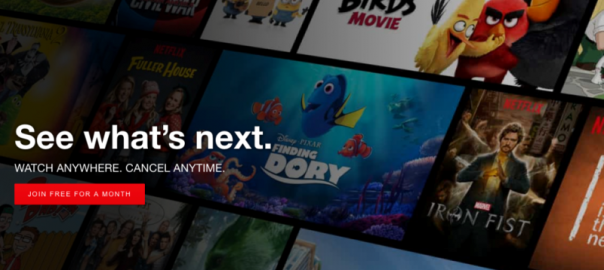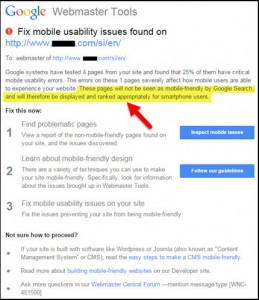A website plays many roles for a small business. It serves as a marketing tool, sales hub, customer service representative, among various other functions. To maximize your small business website’s impact on every visitor, consider merchandising your website.
What exactly does merchandising your website mean? Typically, merchandising applies to a store location, but the same type of concepts apply to your online storefront. Making your website engaging, informative, and welcoming are the ingredients for a winning website recipe.
Unlike a storefront, a website requires different kinds of merchandising. Today, we’ll go over the top three elements for an optimal website presence.
Call to Action
Websites differ from physical stores as visitors don’t always equate their visits to purchases or engagement. Give your visitors a reminder why they’re on your site and what they can get from interacting with you. A common way to direct your visitors is through an effective call to action (CTA). CTAs placed above the fold drive significant engagement rates and navigate customers to different pages or sections of your website.
Depending on your industry and business, your CTAs will vary, however, the common denominator is that you’re prompting your visitors to do something while on your website. Whether it’s to sign up for your weekly e-newsletter or for a free trial of your product, it’s a specific action that is called out on your site.
Need a visual? The following examples show how CTAs can be used across various industries and in a light-touch way that does not feel like a hard sell to your visitors.

image courtesy of Netflix
It should come as no surprise that Netflix does an amazing job merchandising their website and using CTAs. Their homepage is uncluttered and has a very clear directive (CTA): “Join free for a month.” The background imagery conveys the variety of shows and movies available, and presents a free trial that is hard to pass up. Simplicity and direct language are all part of the winning formula for this call to action example.

image courtesy of Hello Fresh
Hello Fresh, a meal delivery service, has a dual-pronged CTA approach. Visitors can either subscribe to their recipe distribution list and get $ 15 off their next order or view the available meal plans. Offering multiple CTAs on a page can be tricky, but done well, can engage the largest number of visitors.
This call to action example highlights why people may be visiting the website, and provides options for those different audiences. Some people may want recipe ideas, and thus more inclined to sign up for the recipe subscription. While another group is looking for specific plan details to inform their purchase decision.
Both CTAs occur above the fold, meaning they appear in the top third of the webpage. Placing CTAs in this section guarantees every visitor will see them, regardless of their time on your website. The two CTAs are strategically placed and are designed with different font and background colors, as to not overwhelm the visitor. This is a great way to merchandise your site and get maximum engagement from your audience segments.
Photos
A picture is worth a thousand words, right? So why not use them strategically on your website. Whether you have products, services, or customer testimonial photos to display, integrate them throughout your entire website. Images draw people in as it makes website content and the associated business more tangible, even when presented in a digital medium.
If you’re a pastry chef, upload images of your work to bring your art to life. People want to see what they can expect from businesses. Give your visitors a taste of what your business is about through compelling images. Creating carousels or galleries of images is another way to display numerous product pictures.
A website best practice is to use high-quality images that are optimized for mobile and desktop. This ensures your website and its content will display accurately, regardless of the viewer’s device.
Ecommerce
If your business sells products and services, get yourself an online store! People are visiting websites more and more, and having the ability to purchase directly from a website is a major plus. Include images, descriptions, and prices alongside your merchandise to give visitors everything they need to make a purchasing decision. Layout and design are important details when designing an ecommerce store. Remember, the more welcoming and engaging you can make your online store, the more time your visitors will stay on site and increase their inclination to buy.
From your online catalog of items, visitors can get a sense for what they’re buying and tap into their impulses by pushing “buy” directly from your site. Keeping someone’s attention is more difficult than ever, so if you have a captive audience on your site, within your online store, the chances of them purchasing is high.
Bring your website to life with these merchandising tips. Understanding how your customers experience your website and how to guide them through it will improve your sales, email subscriptions, and customer engagement.
Digital & Social Articles on Business 2 Community(118)
Report Post




